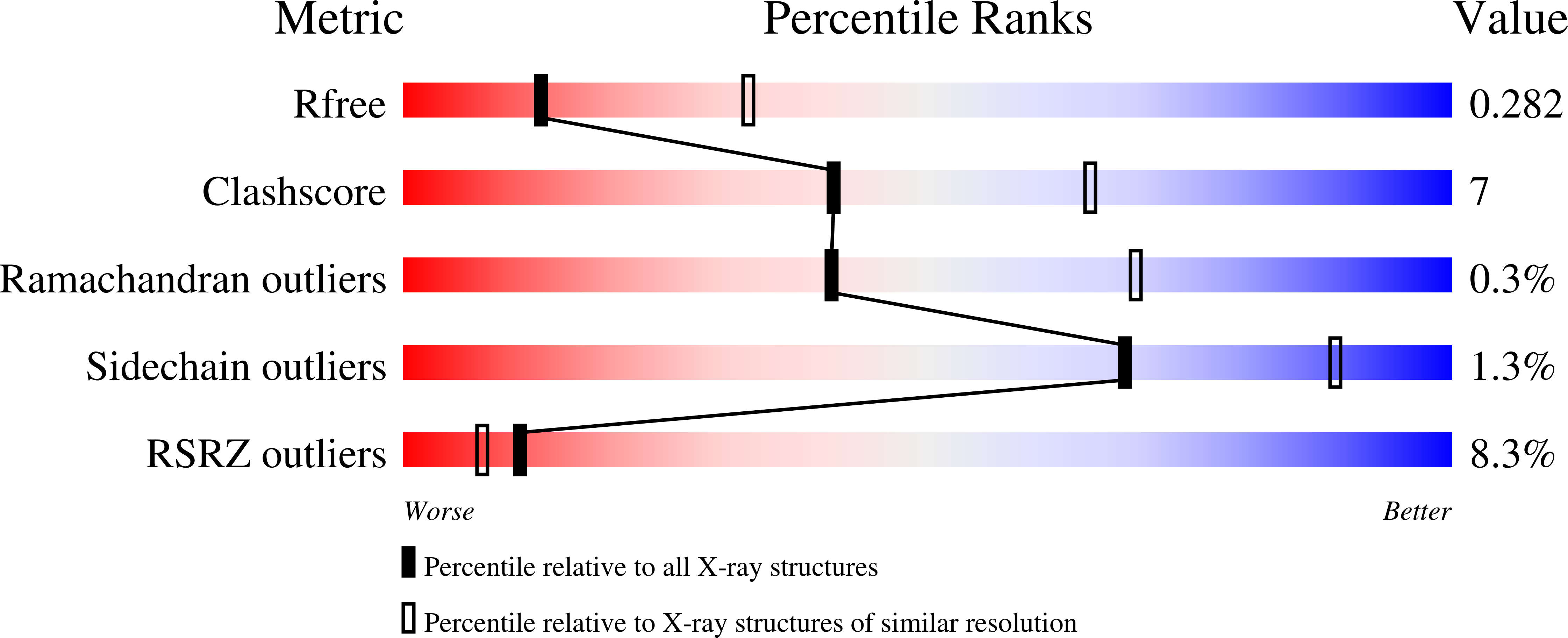
Deposition Date
2019-06-27
Release Date
2019-12-25
Last Version Date
2024-10-23
Entry Detail
PDB ID:
6PIS
Keywords:
Title:
Mouse two pore domain K+ channel TRAAK (K2P4.1) - Fab complex structure
Biological Source:
Source Organism:
Mus musculus (Taxon ID: 10090)
Cricetulus migratorius (Taxon ID: 10032)
Cricetulus migratorius (Taxon ID: 10032)
Host Organism:
Method Details:
Experimental Method:
Resolution:
2.77 Å
R-Value Free:
0.28
R-Value Work:
0.24
R-Value Observed:
0.25
Space Group:
P 21 21 21


